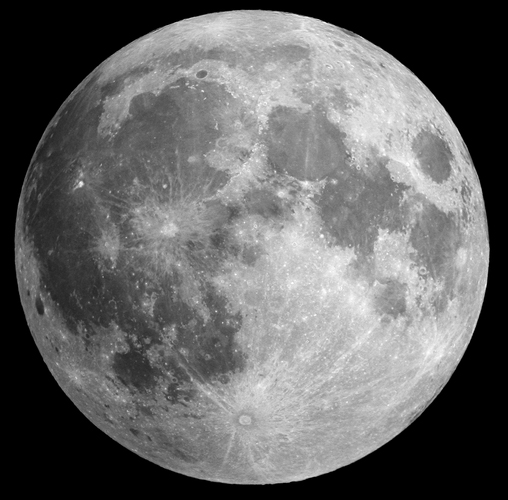
Space engineers have long considered lunar soil as locally available material for building outposts on the Moon, and now ESA researchers are considering it as a means to store energy. The Discovery & Preparation study by the agency and Azimut Space aims to determine how the lunar regolith can soak up solar energy during the day, then use it to generate electricity during the 14-day night and protect equipment against freezing.
When astronauts return to the Moon, the plan is to establish an ongoing human presence rather than making occasional visits, as happened during the Apollo program. Due to the huge costs of sending materials to the lunar surface, the building of outposts will have to rely heavily on locally-sourced materials, such as lunar soil or regolith. According to ESA, regolith can not only be formed into bricks, but these could be configured so they can become heat-storage bricks. To study this idea, the research team made artificial powdered regolith based on an analysis of rock samples brought back by the Apollo missions.
This was then formed into bricks and heated under lunar conditions before attaching the bricks to a heat engine to generate electricity.
“Any Moon-based technology would face incredibly tough conditions – long nights, temperatures ranging from -173° C to 127° C (-279° F to 261° F) and extremely low pressures,” says Project Manager Luca Celotti from Azimut Space. “We mimicked these conditions as best as we could to create a ‘Moon-like’ environment for our brick.
“Using lunar regolith to store heat on the Moon would provide us with an abundance of readily-available material meaning space travelers wouldn’t need to take much from Earth. Eventually, this will enable more ambitious space missions to go ahead. This is just the first step towards creating an innovative and sustainable method of heat storage and electricity generation that could make it possible for us to land on the Moon.”
